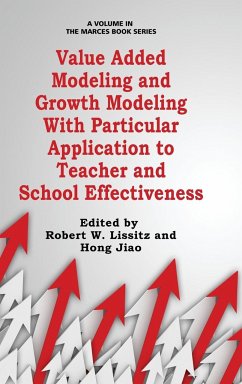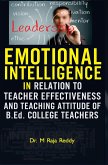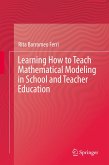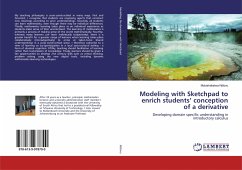A volume in The MARCES Book Series Series Editor: Robert W. Lissitz, University of Maryland Modeling student growth has been a federal policy requirement under No Child Left Behind (NCLB). In addition to tracking student growth, the latest Race To The Top (RTTP) federal education policy stipulates the evaluation of teacher effectiveness from the perspective of added value that teachers contribute to student learning and growth. Student growth modeling and teacher value-added modeling are complex. The complexity stems, in part, from issues due to non-random assignment of students into classes and schools, measurement error in students' achievement scores that are utilized to evaluate the added value of teachers, multidimensionality of the measured construct across multiple grades, and the inclusion of covariates. National experts at the Twelfth Annual Maryland Assessment Research Center's Conference on "Value Added Modeling and Growth Modeling with Particular Application to Teacher and School Effectiveness" present the latest developments and methods to tackle these issues. This book includes chapters based on these conference presentations. Further, the book provides some answers to questions such as what makes a good growth model? What criteria should be used in evaluating growth models? How should outputs from growth models be utilized? How auxiliary teacher information could be utilized to improve value added? How multiple sources of student information could be accumulated to estimate teacher effectiveness? Whether student-level and school-level covariates should be included? And what are the impacts of the potential heterogeneity of teacher effects across students of different aptitudes or other differing characteristics on growth modeling and teacher evaluation? Overall, this book addresses reliability and validity issues in growth modeling and value added modeling and presents the latest development in this area. In addition, some persistent issues have been approached from a new perspective. This edited volume provides a very good source of information related to the current explorations in student growth and teacher effectiveness evaluation.
Hinweis: Dieser Artikel kann nur an eine deutsche Lieferadresse ausgeliefert werden.
Hinweis: Dieser Artikel kann nur an eine deutsche Lieferadresse ausgeliefert werden.








